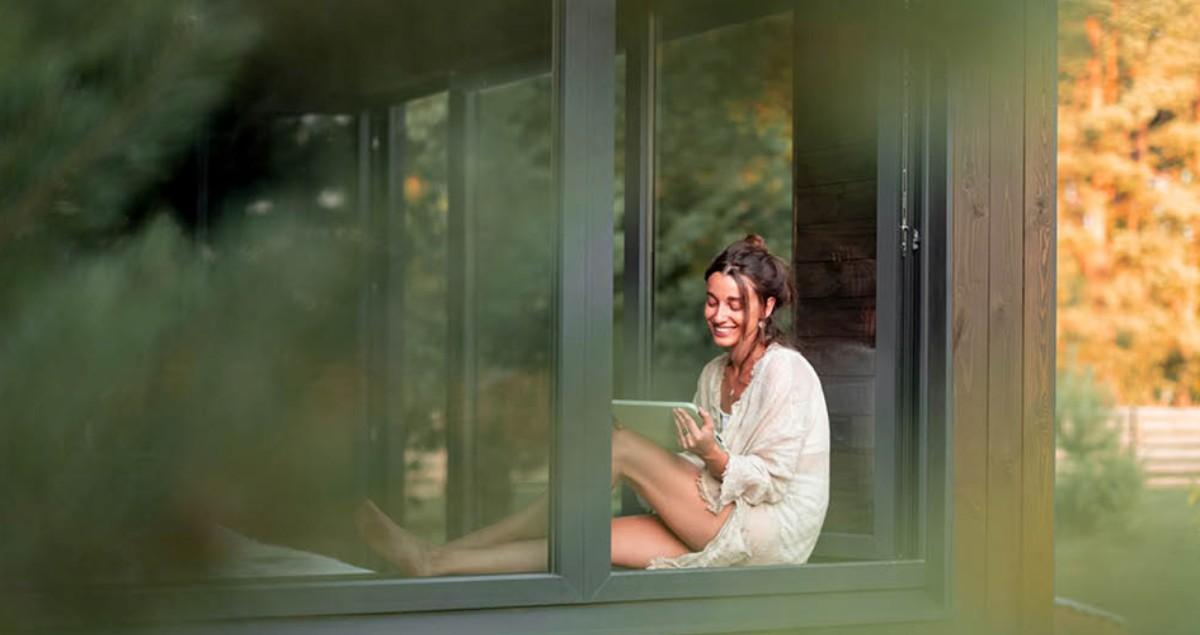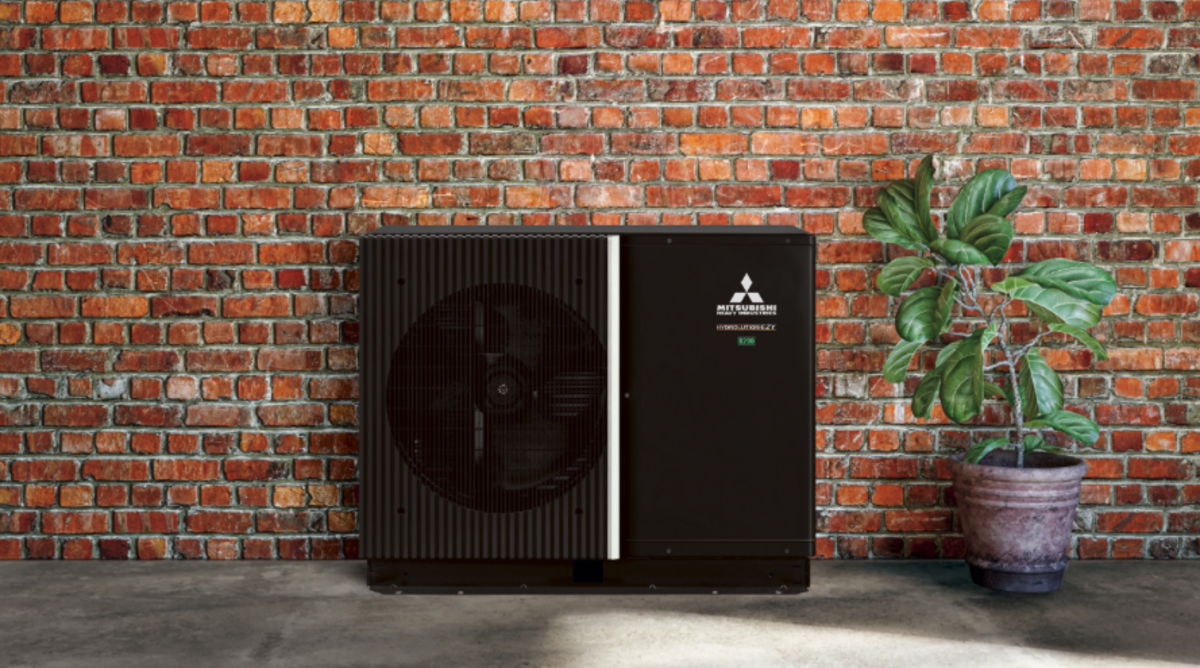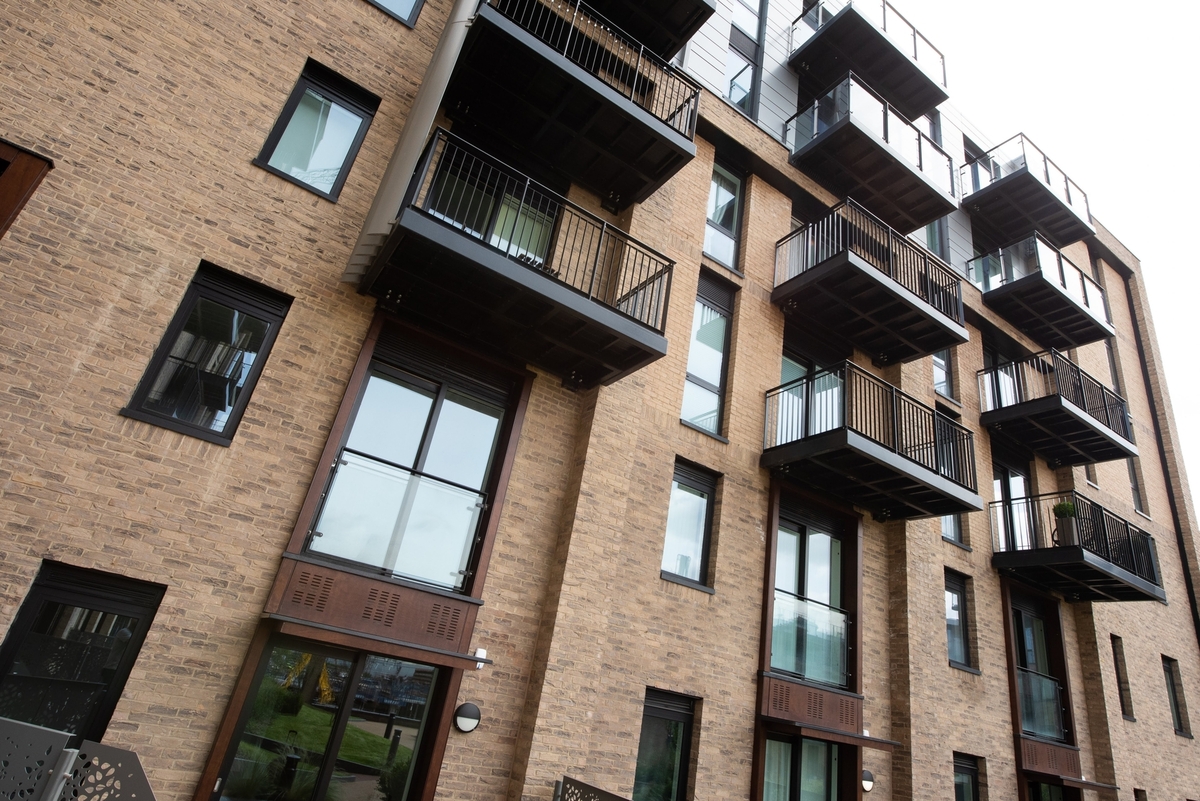6 heat pump myths debunked

Index
Heat pumps are a central technology for transitioning to low-carbon, sustainable heating in residential and commercial buildings. They can achieve carbon savings of 25-28 metric tons of CO2 equivalent over 15 years compared to natural gas boilers — a reduction of more than three-quarters, Carbon Brief reports.
Heat pumps experienced high growth in Europe and elsewhere from the mid-2010s to the early 2020s. Their popularity was buoyed by drastic gas price increases in the wake of the war in Ukraine, as well as supportive policies aimed at boosting both decarbonized heating and energy independence. Yet, since reaching a high point of three million units sold in 2022, sales have dropped markedly, with a 21% decline in 2024. There is an installed base of 24 million heat pumps across Europe, according to the European Heat Pump Association.
While rising interest rates and electricity prices have contributed to this trend, misconceptions about the cost of heat pumps and where they work best have also consistently affected demand. Here, we debunk some of the most persistent myths about air-source heat pumps.

Myth #1: Heat pumps are not suitable for older buildings
One of the hardest misconceptions to eradicate is that heat pumps can only be installed in new buildings. This is due to a lack of knowledge on this topic among not only end-users but also heating engineers. In fact, buildings of all ages can be and have been fitted with heat pumps, according to Carbon Brief. A study by Historic England, the public body charged with protecting historic buildings in the UK, found that air-source heat pumps even “work well in a range of different historic building types and uses”.

Myth #2: Heat pumps only work in highly insulated buildings
Another common belief is that heat pumps require highly insulated buildings to function efficiently, especially when installed in older properties. However, case studies show that heat pumps work effectively in all types of buildings if sized and installed properly. A poorly insulated building will simply require a larger heat pump than a well-insulated one. Nevertheless, building insulation levels across Europe are typically sufficient for heat pumps, so additional insulation is not required as a default.
Myth #3: Heat pumps don’t work when it’s cold — you need a backup heating system
The sweet spot for air-source heat pumps is from 5°C upwards. While it is true that their coefficient of performance (COP) drops in very low temperatures, this does not mean that they don’t work in cold temperatures. For example, MHI’s Hydrolution EZY heat pump can operate as low as -25°C. Another case in point is that the Nordic countries have the highest heat pump sales in Europe. A backup heating system is therefore not always required unless temperatures drop even lower, which is unlikely in most parts of Europe.
Myth #4: Heat pumps won’t work in flats
Heat pumps can be installed in high-rise buildings and apartment blocks. The only requirement is that the property in question has enough external space for the equipment to be installed, for example, on a balcony. That said, the heat pump could also be installed centrally, for example, on the roof or in the basement of a building, with piping to spread heat and hot water throughout. With an air-to-water heat pump like MHI’s Q-ton, space would also be needed for a water tank. Apartment buildings are similar to other multi-unit buildings such as hotels and hospitals, where these approaches are long-established.
Myth #5: Heat pumps only work with underfloor heating
Underfloor heating is indeed ideal for heat distribution in combination with a heat pump because it works with lower flow temperatures, yielding higher efficiency. However, heat pumps can certainly work efficiently in buildings with radiators as well — if the installer determines they are sufficient in number and size to keep the place warm at a flow temperature of less than 50°C. If that is not the case, building owners can install larger or more efficient radiators. What is more, the latest heat pump models use more efficient refrigerants that enable flow temperatures of up to 75°C. This means heat pumps can be used even with older radiators.

Myth #6: Heat pumps are too expensive
The upfront cost of a heat pump installation is higher than that of a gas boiler. In the UK, for example, the cost is currently around £13,000 (as of February 2025), while gas boiler installations can cost less than a quarter of this sum.
However, in the long run, heat pumps win out on operating costs. Standard gas boilers are about 85% efficient (COP 0.85) due to heat loss, while air-source heat pumps have a seasonal COP of 3.5 and above. This means that they output at least three and a half units of heat for each unit of electricity, making them over 400% more efficient than gas boilers — and potentially more.
Thanks to their high efficiency, heat pumps therefore win out from the point of view of the total cost of ownership. Even so, building owners will need policymakers' support to accelerate the transition to heat pumps and sustain momentum toward net zero emissions.
Discover more about MHI Group’s heat pumps





